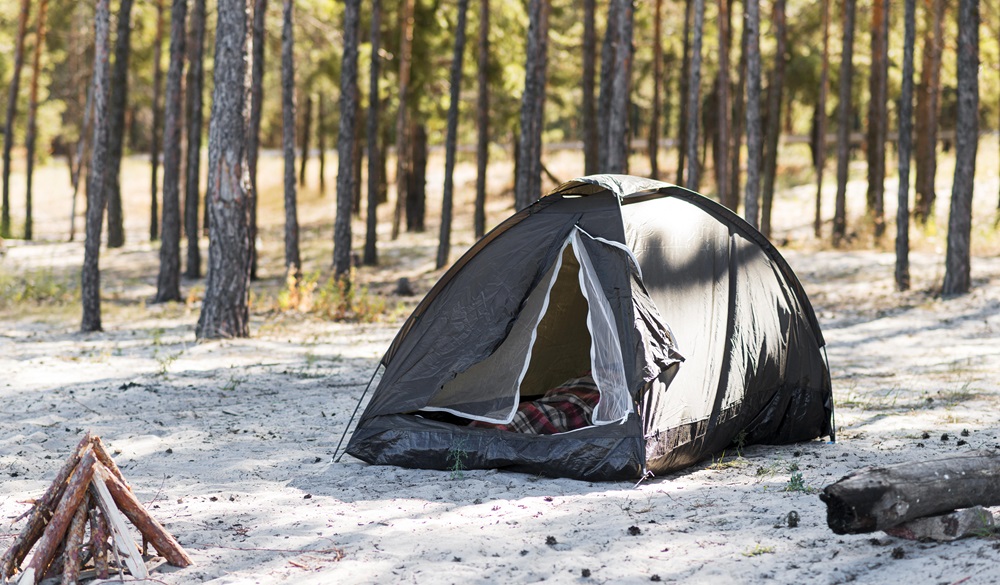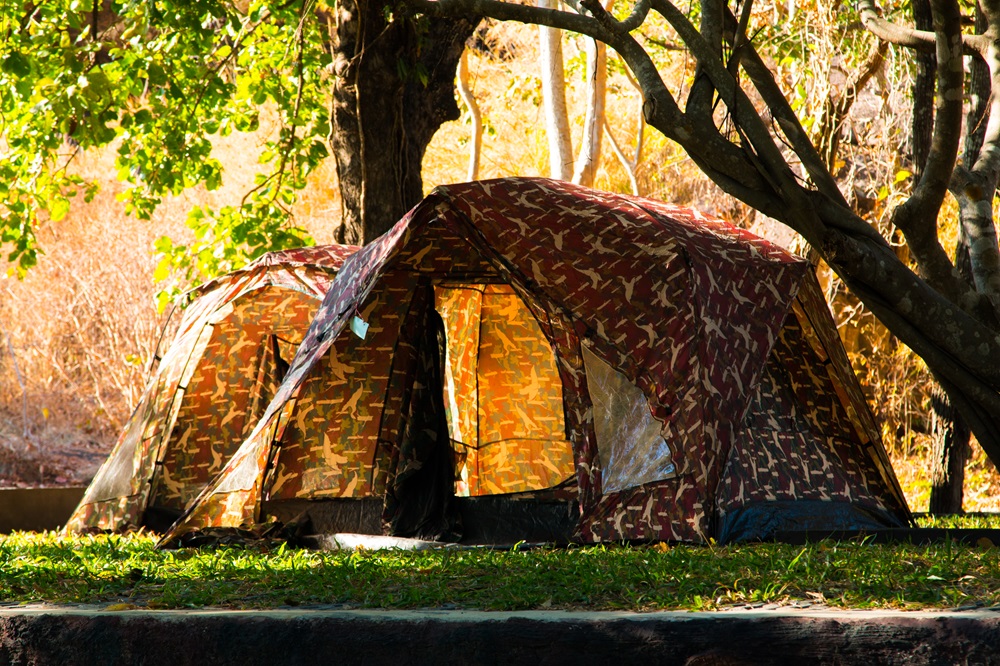Setting up a camping tent in windy conditions can feel like a battle against nature.
Strong gusts can turn a simple task into a frustrating ordeal, but with the right approach, you can have your tent up in no time, secure and cozy.
In fact, a 2023 survey by the Outdoor Industry Association found that 60% of campers struggle with tent setup in wind.
Let’s change that for you. This guide breaks it down into simple, clear steps.
Why Windy Conditions Challenge Tent Setup?
Wind can make your tent flap wildly or even collapse if not secured properly. The key is to understand how wind affects your tent. A tent’s shape, material, and anchoring system all play a role.
For example, dome-shaped tents are more wind-resistant than cabin tents because their curved design deflects air. Knowing this helps you choose the right spot and method to keep your tent stable.
Before you start, check the wind speed. Winds above 20 mph can make setup risky, so use a weather app to stay informed. Always face the tent’s door away from the wind to reduce pressure on the structure.
Choosing the Perfect Spot for Your Tent
Picking the right location is half the battle. Look for natural windbreaks like trees, bushes, or hills to shield your tent.
Avoid open fields or hilltops where wind is strongest. A flat, clear area free of rocks and roots works best for staking.
If possible, test the ground’s firmness. Soft soil might not hold stakes well in wind, so you may need extra anchoring.
A 2022 camping study showed that 45% of tent failures in wind were due to poor site selection. Don’t skip this step—it’s critical.
How to Set Up a Tent in Windy Conditions?
Now, let’s get to the setup. You don’t need to be an expert; just follow these straightforward tips to get your tent up securely.
First, unpack your tent and lay it flat with the door facing away from the wind.
This keeps the tent from catching air like a sail. We suggest keeping the tent bag nearby to weigh down loose parts.
Next, assemble the poles quickly and slide them into the tent’s sleeves or clips. Don’t let the tent fly up—have a friend hold it or use rocks to pin it down.
Once the tent is shaped, stake it immediately. Use sturdy stakes, like aluminum ones, driven into the ground at a 45-degree angle for maximum hold.
In windy conditions, standard stakes can pull out, so consider sandbags or rocks as extra anchors if the ground is loose.
Attach the guylines—those ropes that come with your tent—to stabilize it further.
Pull them tight and stake them out at least 3 feet from the tent. This spreads the wind’s force and keeps your tent steady. If your tent has a rainfly, put it on last to avoid it flapping during setup.
| Wind Speed | Setup Tips |
| 10-20 mph | Use standard stakes, add guylines for extra stability. |
| 20-30 mph | Use heavy-duty stakes, add rocks or sandbags as anchors. |
Extra Tips to Keep Your Tent Secure
Wind can be unpredictable, so take these precautions to stay safe. Double-check your stakes and guylines every few hours, especially if the wind picks up. Loose anchors are the top cause of tent damage in storms, according to a 2024 camping report.
If you’re camping for multiple days, bring extra stakes and cord. They’re lightweight and can save your trip if something breaks. Also, keep your tent’s interior organized—heavy gear like backpacks can weigh it down from the inside.
Here’s a pro tip: Practice setting up your tent at home before your trip. A quick 10-minute practice run can cut your setup time in half and boost your confidence.
Common Mistakes to Avoid
It’s easy to make errors when you’re rushing in windy weather. Don’t skip staking the tent before raising the poles—unstaked tents can blow away fast.
Also, avoid pulling guylines too tight; they should be snug but not overstretched, or they might snap.
Another mistake is ignoring the weather forecast. Always check wind conditions before heading out. A simple app like AccuWeather can keep you prepared.
Enjoy Worry-Free Camping
With these tips, you can set up your tent quickly and securely, even when the wind is howling.
From picking a sheltered spot to using guylines effectively, you’re now equipped to handle windy conditions like a pro.
A secure tent setup means more time enjoying the outdoors and less stress.
So, grab your camping gear, check the forecast, and head out for your next adventure with confidence.

Frequently Asked Questions
What wind speed is too high to set up a tent safely?
Answer:
Wind speeds over 20 mph can make setup risky. Use a weather app to check conditions beforehand, and avoid setup during strong gusts or storms.
What type of tent is best for windy conditions?
Answer:
Dome-shaped tents are more wind-resistant than cabin-style tents because their curved design deflects wind better, preventing collapse or flapping.
How should I position my tent in the wind?
Answer:
Always set up your tent with the door facing away from the wind to reduce pressure on the structure and prevent the tent from catching wind like a sail.
What if I can’t find solid ground for stakes?
Answer:
Use rocks, sandbags, or bury stakes deeper to secure your tent. In soft soil, this helps prevent stakes from pulling out during strong gusts.
What are the best stakes to use in wind?
Answer:
Use aluminum or heavy-duty stakes and drive them into the ground at a 45-degree angle for maximum holding power.
Can I set up a tent alone in windy weather?
Answer:
Yes, but it’s more difficult. Weigh down corners with gear or rocks and assemble poles quickly. Having a friend makes setup much easier.
What’s the most common mistake people make in windy conditions?
Answer:
Skipping initial staking before raising the tent—this allows the wind to lift the tent before it’s secured. Also, over-tightening guylines can cause them to snap.

